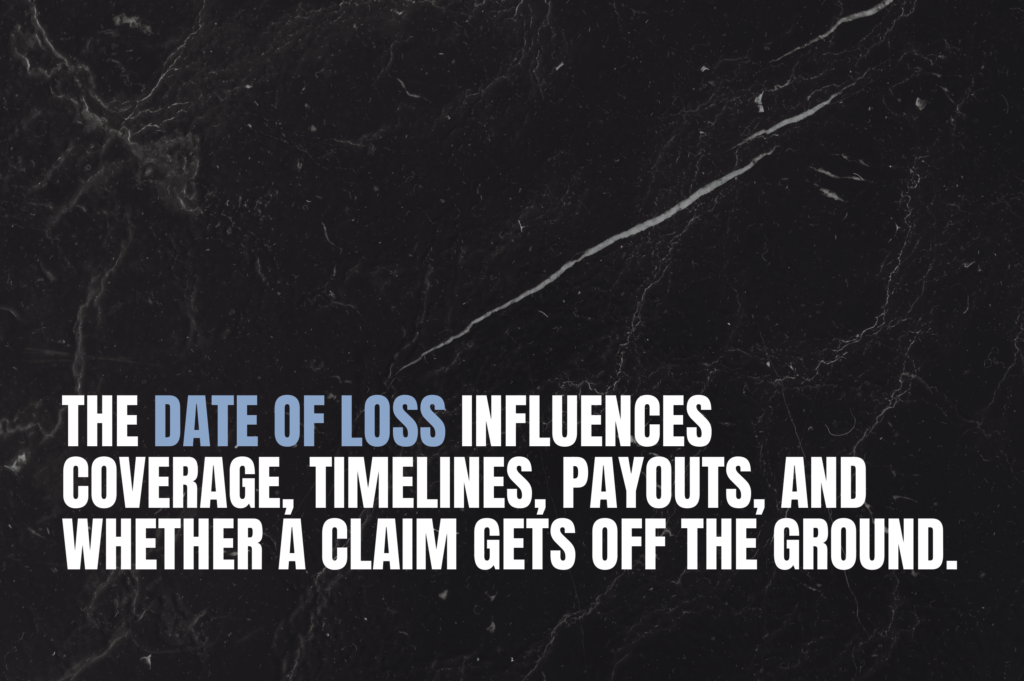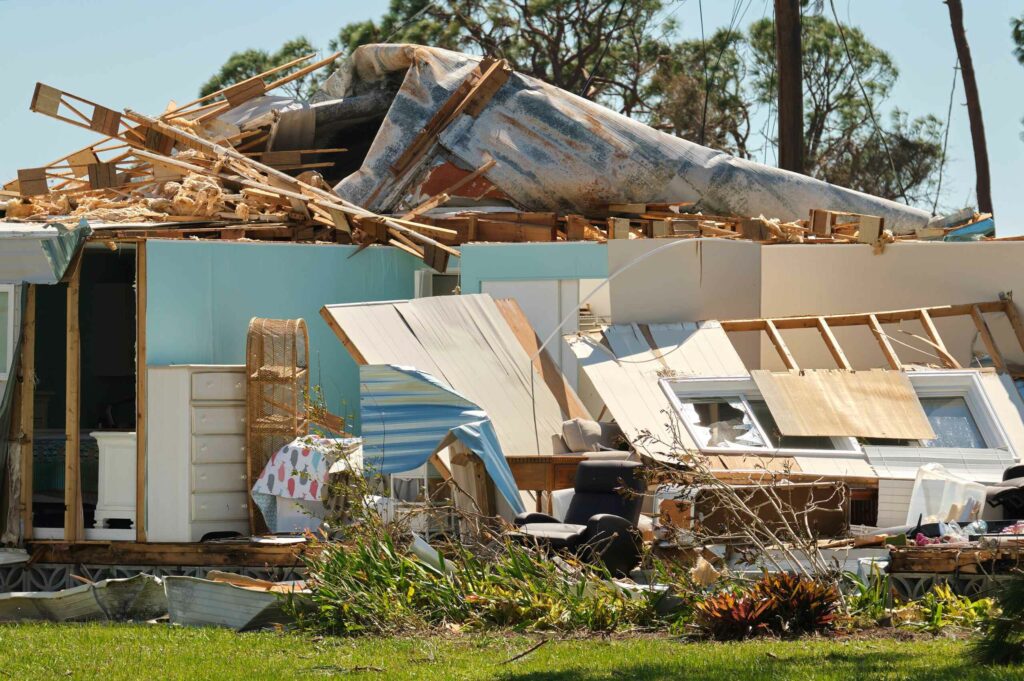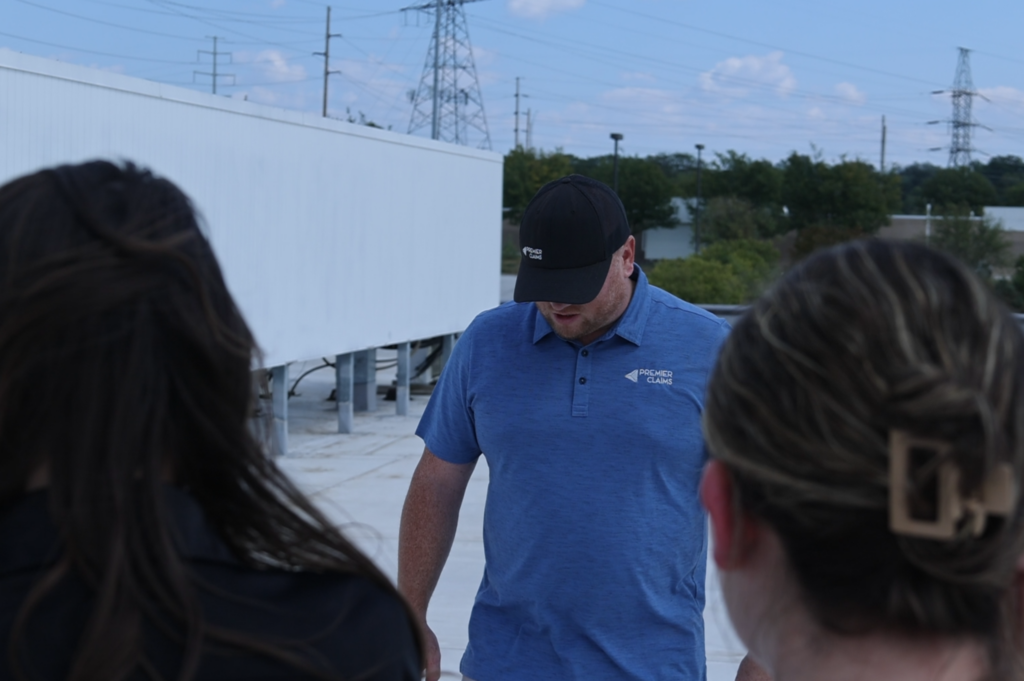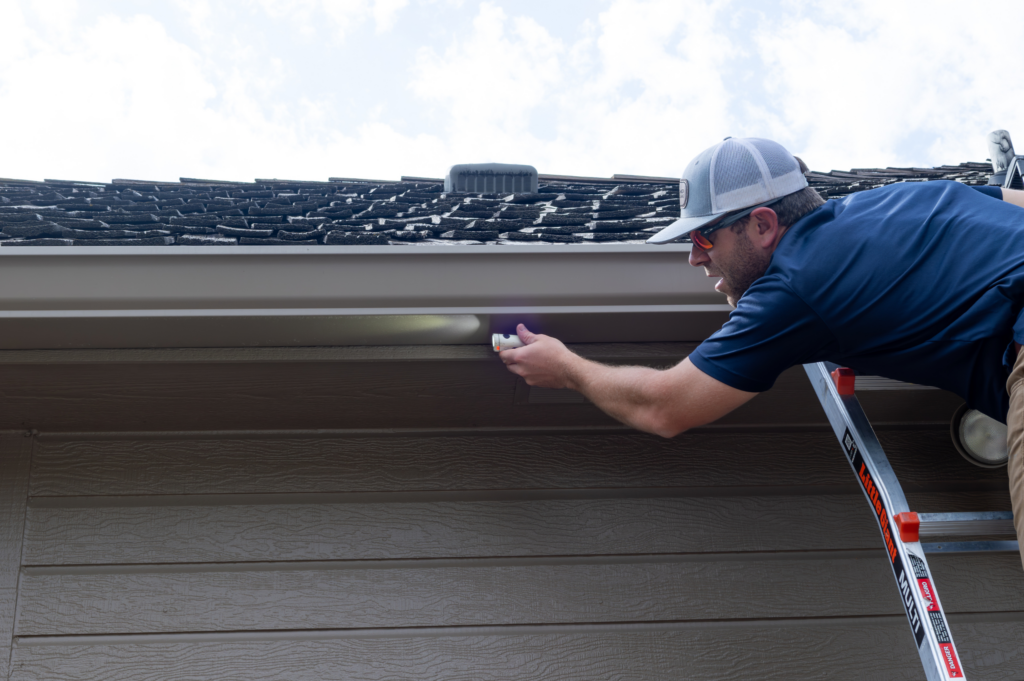The Date of Loss Matters More Than You Think
The date of loss (DOL) in a property insurance claim is one of the fundamental elements that influence the entire process of claim settlement. Yet, it’s often overlooked or misunderstood by policyholders.
What exactly is the date of loss? Why is it so important? How do you avoid common mistakes?
What Is the Date of Loss?
The date of loss refers to the specific day when the damage to your property occurred. Not when you noticed it, but when the event that caused the damage actually happened. In some cases, like a branch piercing your roof, it’s obvious. In others, like a slow leak causing water damage behind a wall, it’s harder to pinpoint.
But here’s the thing: insurance carriers will claim they don’t work in gray areas. They need dates. And that date needs to fall within your policy period.
Why Getting the Date of Loss Right Is So Important
The date of loss isn’t just a formality, it’s the anchor that holds your entire claim in place. An accurate date keeps your claim within the rules of your policy, which often requires that you report damage within a specific time frame. If the damage happened outside of your policy period, or if your claim suggests it did, you could be denied coverage altogether.
It also affects what’s actually covered. Insurance policies evolve over time. A policy active in March may not cover the same things as the version active in May. If your date of loss is off, your claim might be reviewed under the wrong set of terms.
Legal timelines are also tied to the date of loss. From deadlines to submit paperwork to the statute of limitations on filing a lawsuit, everything is measured from that day forward. One wrong date can throw the whole timeline off track.
And when it comes to weather damage, things get even more specific. If your claim says a hailstorm caused your roof damage, the insurance carrier will pull historical weather data to confirm there was a storm on that day in your area. If there wasn’t, your claim could be denied for lack of evidence. That’s why aligning your DOL with verified storm data is so important—it gives your claim credibility.
At the end of the day, your date of loss is more than just a line on a form.

Aligning the Date of Loss with Weather Data
When a property damage claim involves weather-related events, like hail, hurricanes, or windstorms, accurately aligning the date of loss with weather data becomes a critical step in the process.
Verifying the Claim
Insurance carriers routinely cross-reference the reported date of loss with historical weather data. If a storm didn’t occur on the date listed, or if the data doesn’t support the severity of the event claimed, the entire claim can be called into question. Ensuring the date matches a verifiable weather event strengthens the credibility of your claim from the outset.
Determining the Cause of Damage
Specific weather conditions, such as high winds, hail impact, or heavy rainfall, help determine the cause of property damage. This distinction matters. If the carrier argues that the damage was due to wear and tear, not a covered event, accurate weather records can prove otherwise. Aligning the damage to a precise weather event can be the deciding factor in a claim’s approval or denial.
Involving Professional Analysis
In complex or disputed cases, meteorologists and weather forensics experts may be brought in to provide detailed reports. These professionals analyze storm paths, wind speeds, hail size, and more to connect the reported damage with actual weather activity. Their expertise adds authority to your claim and can help break through an insurer’s resistance.
Supporting Legal Integrity
If a claim is contested or suspected of being exaggerated or fraudulent, legally verifiable weather data becomes essential. It serves as an objective reference point and may be used as evidence if the dispute escalates to litigation.
Using Public and Professional Tools
Access to reliable weather data isn’t limited to experts. Tools like NOAA reports, satellite imaging, and specialized weather databases can corroborate your date of loss. When used by your public adjuster or claim advocate, these resources help build a solid foundation for your claim.
Knowing Your Policy Coverage Period
Understanding the exact coverage period of your insurance policy is more than knowing its start and end dates—it’s about knowing how that window of time affects every part of your claim. Attention to this detail helps in avoiding unnecessary challenges and paves the way for a smoother claim experience.
Eligibility for Coverage
For a claim to be considered valid, the date of loss must fall within the active policy period. If the event occurred even a day outside that window, the claim is likely to be denied regardless of the damage severity or circumstance.
Renewal and Expiration Timing
Losses that happen near the renewal or expiration date of a policy require extra scrutiny. It’s not uncommon for disputes to arise if the damage date is unclear or overlaps policy terms. Even a minor discrepancy in timing can lead to delays, coverage gaps, or outright denial.
Changes in Policy Terms
Endorsements, exclusions, and coverage modifications may shift from one policy period to the next. What was covered under last year’s policy might be excluded this year. Knowing which version of your policy applies on the date of loss is key to understanding what’s actually covered.
Extensions and Transitional Provisions
Some policies include grace periods, endorsements, or transitional clauses that can affect claim eligibility. These nuances are often overlooked, but they can make or break a claim if not clearly understood at the time of filing.
Future Impact of Reporting
Filing a claim within the coverage period doesn’t just impact the current settlement, it can influence future premiums, renewals, and insurability. Insurers take prior claims into account when pricing or underwriting future policies.
Submit your policy for review today!
The Most Common DOL Mistakes (and How to Avoid Them)
One of the biggest errors we see? Confusing the “date of discovery” with the actual “date of loss.” This typically happens with hidden or slow-developing issues like leaks, mold, or structural settling. But if the damage didn’t happen all at once, pinpointing the DOL requires investigation, not guesswork. Choosing the wrong DOL can derail the entire claim.
Another frequent problem is selecting a DOL without confirming that the policy was even active at the time. This is especially risky for properties that have recently changed hands, had gaps in coverage, or bounced between carriers.
Missing deadlines tied to the DOL is another big issue. Every policy has its own timeline for submitting a proof of loss, and missing that window—even unintentionally—can lead to reductions or outright denials.
And then there’s the weather. We’ve already mentioned it, but it’s worth repeating: if your claim involves wind, hail, or any other natural event, back up your DOL with solid weather data. Don’t assume the insurer will give you the benefit of the doubt. Odds are, they won’t.
Treat Your DOL Like the Foundation It Is
At Premier Claims, we’ve seen firsthand how a properly supported date of loss can streamline the claim process, and how an inaccurate one can unravel it. It influences everything: coverage, valuation, legal standing, and how long you have to take action.
So if you’re not 100% sure about your DOL, don’t guess. Get professional insight. We’re here to help you assess the damage, verify weather data, confirm coverage windows, and present your claim with precision and authority.
Because in this game, the details matter—and the date of loss is the detail that starts it all.
"*" indicates required fields












